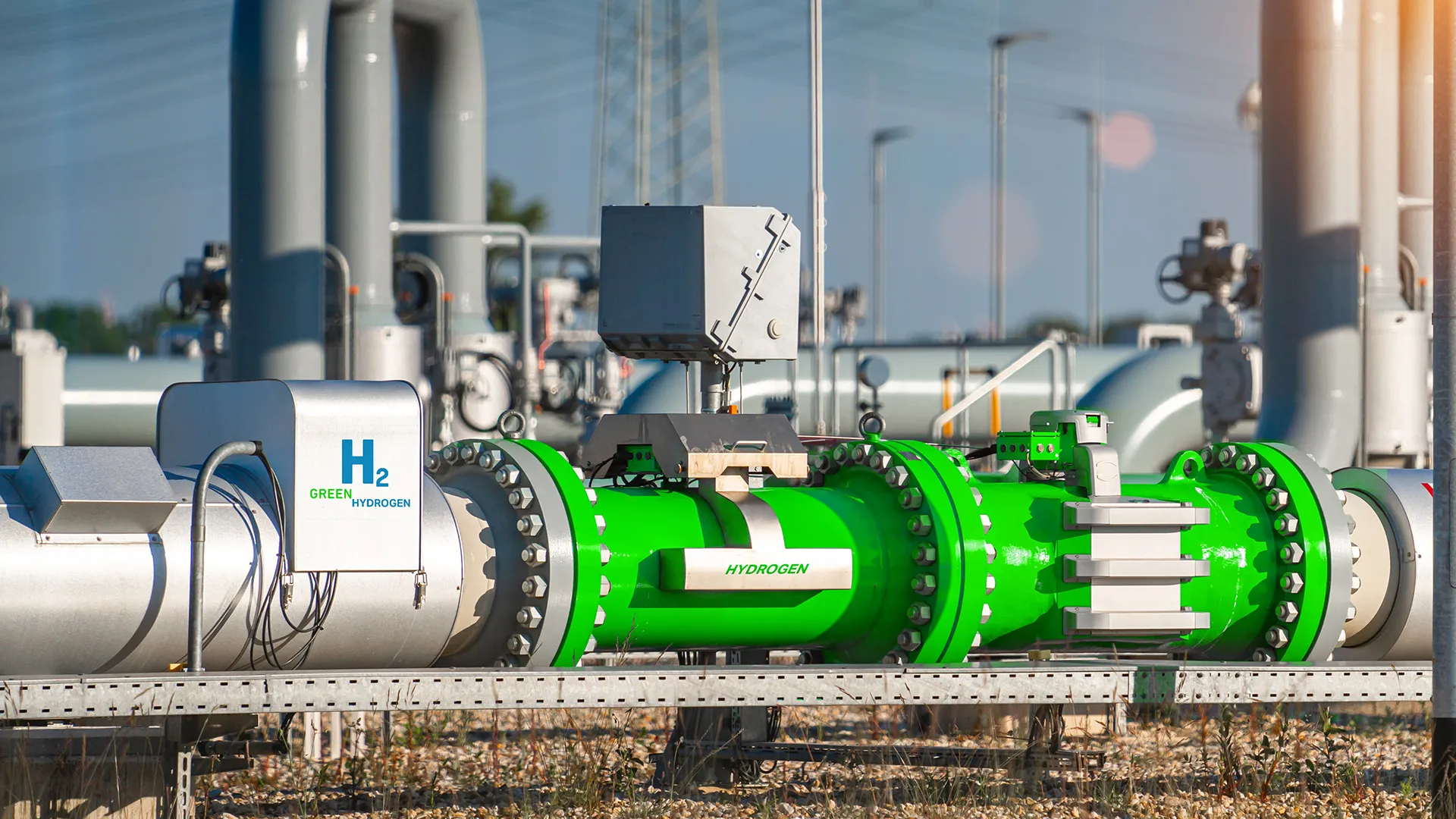Now Reading: Breakthrough Catalyst Halves Hydrogen Fuel Production Costs
-
01
Breakthrough Catalyst Halves Hydrogen Fuel Production Costs
Breakthrough Catalyst Halves Hydrogen Fuel Production Costs

Quick Summary
- Hydrogen, a clean energy source with zero carbon emissions, has notable potential for reducing greenhouse gases through lasting production methods like electrochemical water-splitting.
- Large-scale hydrogen production via this method is challenging due to the high costs of rare earth metal-based catalysts.
- Transition metal phosphides (TMPs) are emerging as promising affordable alternatives but currently face efficiency issues in the oxygen evolution reaction (OER).
- A research team led by Professor Seunghyun Lee at Hanyang University ERICA campus in South Korea developed tunable electrocatalysts using B-doped cobalt phosphide (CoP) nanosheets for improved efficiency and affordability.
- The researchers employed metal-organic frameworks (MOFs), sodium borohydride, and sodium hypophosphite to prepare three samples of B-CoP@NC/NF.
- One sample, B-CoP0.5@NC/NF, exhibited superior performance with low overpotentials of 248 mV for OER and 95 mV for HER. It also outperformed state-of-the-art electrolyzers at current densities above 50 mA cm⁻² while maintaining stability for over 100 hours.
- Density functional theory calculations supported findings that Boron doping improves interaction with reaction intermediates.
- The innovation could drastically reduce hydrogen production costs, paving the way towards large-scale green hydrogen generation.
Indian Opinion Analysis
The breakthrough in developing more efficient and cost-effective electrocatalysts marks a significant step forward in transforming green hydrogen into an economically viable energy solution. Even though the research originates from south Korea’s Hanyang University ERICA campus, its broader implications resonate globally-and notably within india’s renewable energy ambitions.
India has announced ambitious goals around transitioning to green technologies under commitments like its National Hydrogen Mission. Efficient electrolyzer technology such as those utilizing B-doped CoP nanosheets could directly benefit India’s efforts to scale up hydrogen production while reducing dependence on expensive rare earth metals-a critical challenge given India’s limited access to such resources domestically.
Moreover, advancements like these align well with India’s twin objectives: reducing carbon emissions while increasing self-reliance in clean energy technology progress. Indian policymakers and industry leaders may consider collaborating or investing further into research that optimizes foreign innovations such as this one within local frameworks or manufacturing capacities.
This development underscores how technological breakthroughs can play pivotal roles in addressing global climate challenges while opening avenues for economic inclusivity across nations working toward sustainability targets.























